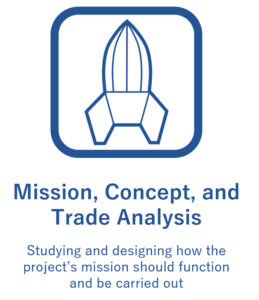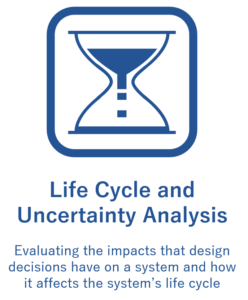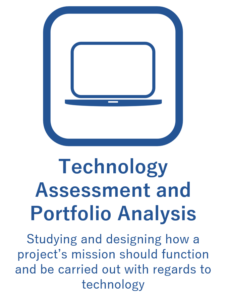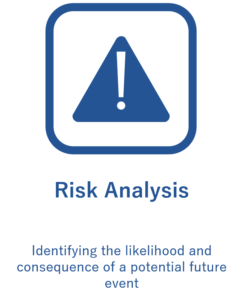SACD Capabilities

We provide both physics-based (aerodynamics, propulsion, flight mechanics, and structures) and non-physics based (cost, reliability, safety, and operations) disciplines to assure quality of the methods and study output.
Our analysts have the ability to understand a problem, formulate a plan, acquire and learn new tools, modify existing tools as needed, and satisfy the customer’s requirements within scope and time limitations, usually on concepts where there is little prior experience.

We capture all phases of a system, from concept development, production, cost of ownership, to retirement. It is a dynamic, statistics-based, highly-complex discipline that provides crucial figures of merit, and encapsulates the most important tenants of any design: affordability and risk.
We provide qualitative and quantitative analyses to assess the impacts of design decisions on key figures of merit so decision-makers can find feasible solutions. Our goal is to provide input allowing managers to make risk-informed decisions, and increase the likelihood of meeting mission success criteria.

The technology assessment process connects the architectures to the investment strategies by collecting, manipulating, analyzing, documenting and disseminating technology-related information.
Programmatic, technical risks associated with each technology task, and potential risk mitigation plans are also assessed and tracked then simplified for presentation to decision makers.

We provide a wide variety of capabilities, tools, methods, and experience in areas of uncertainty quantification, propagation, decomposition, management techniques, risk analysis, robust design methods, reliability methods and logic-evolved decision methodologies.
Critical Roles in the Systems Analysis Process
- Provides evaluation of uncertainty, risk, decision making metrics within the analysis or design process.
- Provides feedback to the system analysis and design process which helps to shape, define, and constrain the feasible analysis or design space and the analysis and design paths used.
- Provides feedback to decision makers or stakeholders managing the analysis or design process so they can make informed choices.
